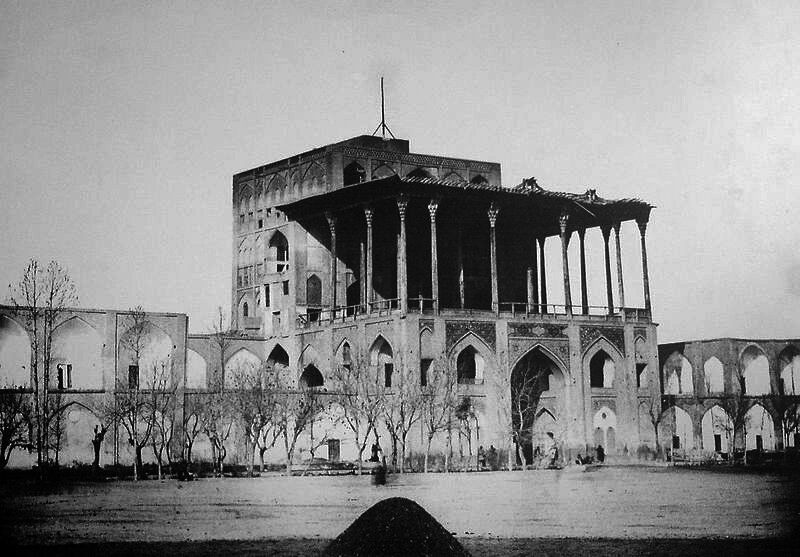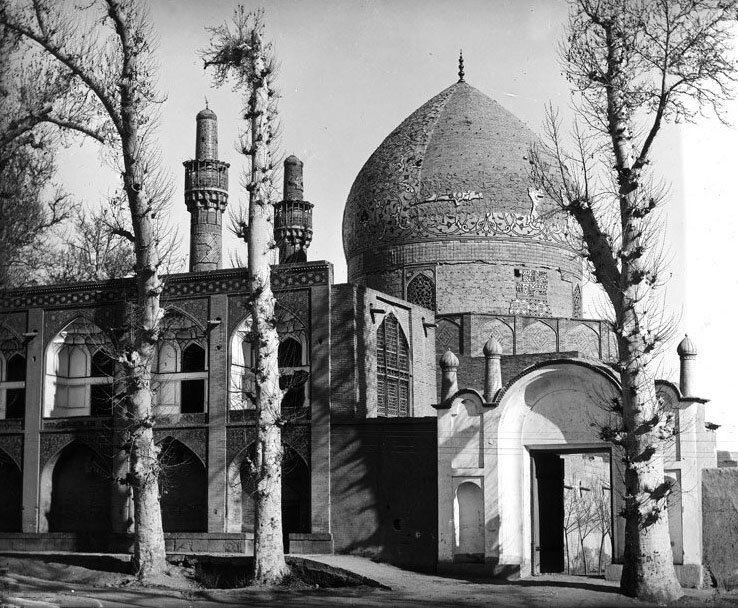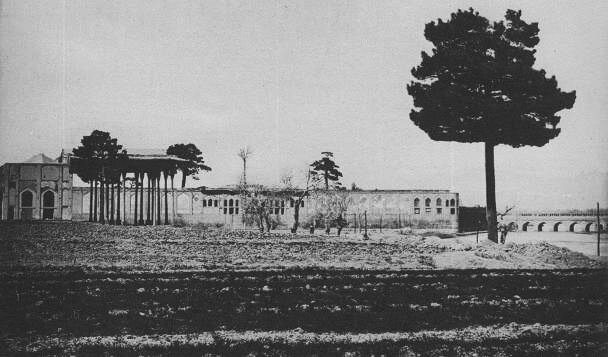Ernst Hoeltzer and his shots of 19th-century Isfahan

TEHRAN - Ernst Hoeltzer (1835 – 1911), who was a German telegraphist and photographer, who shot many photographs of the then Isfahan during his life and mission in Persia (Iran).
In spring 1870, Hoeltzer took his first extended expedition into the mountainous regions of Isfahan to visit nomadic tribes there. He, later, took many photos of monuments, people, and everyday life in the central Iranian city.
In those days, after the fall of the Safavid Dynasty, the country had been reunited in the eighteenth century under the Qajar Dynasty, which became an important power in West Asia.
Hoeltzer participated in a series of cable-laying projects in the Mediterranean for Siemens & Halske before going to Persia for the Indo-European Telegraph Department.
In the nineteenth century, the globe still had blank spots, travel was arduous and adventure-filled, and — far more than today — people had to rely on themselves when in distant lands. There were no “user manuals” for foreign regions and cultures, and all travel was individually organized. Engineers in that era also faced these challenges.

The fastest route from London to Tehran in 1863 led through St. Petersburg and Moscow to the Volga and then over the Caspian Sea to Persia. Holtzer, accompanied by two English colleagues, took the train to Nizhny Novgorod. He then proceeded by steamship along the Volga, Europe’s longest river, to the Caspian Sea.
According to the Siemens Historical Institute, the Persian headquarters of the Indo-European Telegraph Department was built in Tehran in 1863. Holtzer moved in for the next few months right next to the British Legation and began to set up housekeeping. Most of his social life took place at the Legation.
His primary task was to train future Persian telegraph operators at Dar ul-Funun (an examplar school of higher education in Tehran, which was established in 1851).
The telegraph system was established, and the difficult work of building it had given way to everyday routine. Between inspecting the sections and visits to the Tehran headquarters and the telegraphic service in Isfahan, Hoeltzer had more and more free time. He used some of it to document contemporary Persia in word and image.
In 1873, Ernst Hoeltzer began using his plate camera to document landscapes, buildings, and important events including travel by the first Persian railway; the telegraph line; everyday scenes showing merchants, craftsmen, festivals, and customers; and military maneuvers.
He supplemented his photos with detailed descriptions, particularly of the city of Isfahan. He described his motives: “Persia and Isphahan (Isfahan) are on the threshold of a cultural transformation, and for several years now people have started in- troducing and installing a lot of foreign, usually European, style and luxury there. The old buildings, customs, and practices (even clothing) are gradually disappearing.”
He died in Isfahan on July 3, 1911, and was buried in the Armenian cemetery in Julfa. His memory lives on in the Armenian community. A couple of years ago, restoration work was carried out on his home, which is located in the New Jolfa district of Isfahan, to help preserve parts of his legacy in Iran for the succeeding generations.

Isfahan has long been nicknamed as Nesf-e-Jahan which is translated into “half the world”; meaning seeing it is relevant to see the whole world. The cool blue tiles of Isfahan’s Islamic buildings, and the city’s majestic bridges, contrast perfectly with the encircling hot, dry Iranian countryside.
It is filled with many architectural wonders such as unmatched Islamic buildings, bazaars, museums, Persian gardens, and tree-lined boulevards. It’s a city for walking, getting lost in its mazing bazaars, dozing in beautiful gardens, and meeting people.
Isfahan’s UNESCO-designated Imam Square, best known as Naghsh-e Jahan Sq. (literary meaning “Image of the World”), is one of the largest in the world (500m by 160m), and a majestic example of town planning.
AFM/

Leave a Comment